Mr. Nguyen Ngoc Hoa, Chairman of the Ho Chi Minh City Business Association (Huba), said that in the past month, after the US announcement of imposing reciprocal tariffs on Vietnamese goods exported to this market, businesses have recognized the problem and found appropriate solutions, so that Vietnamese products can continue to stay in the US market.
Don't abandon the US market
The US tariff shock has created many challenges for Vietnamese businesses, but also opportunities. Mr. Nguyen Ngoc Luan, CEO of Meet More, said that the amount of coffee his company exports to the US accounts for about 30%. The tariff information released in early April made everyone confused.
However, he said that after the initial concerns, things are back on track. Businesses are still shipping as usual because there is a 90-day grace period before the new tariffs will “finalize”.

If the US tax rate is 20-25%, Vietnam could lose about 50 billion USD each year.
“I am still optimistic as we wait for the parties to negotiate a new tax rate. Because looking back, it is not only us who are affected by the tax but the whole world , so what I am worried about is that consumers may reduce consumption because the price of goods may increase, not because of difficulties with the US market. But I believe that the change will only slow down the market a bit at first, then it will adapt.
I also believe that governments of countries, including the US, will have stimulus programs, support consumption, or have policies to increase domestic consumption. As for us, we have the market and orders, so we can continue to do business, so we don't have to worry too much," said Mr. Luan.
However, Mr. Luan said he also prepared for the scenario that the company's exports to the US would decrease by about 30-40% in the beginning. In return, he is expanding to other markets, including selling quite well in Australia and Korea. Over the past month, he has been directly in Australia to expand the distribution system and expand customers.
Mr. Pham Van Viet, Vice President of the Ho Chi Minh City Textile, Garment, Embroidery and Knitting Association, said that businesses aim to focus on strong production in the second quarter to deliver goods before the tax date of July 9. Last year, the textile and garment industry grew by only 9.6%. This year, the market has recovered, and the entire industry is targeting a growth rate of 16%. In the first quarter, the growth rate was very good, at 11.6%, which is a positive sign.
This businessman said that if the US imposes a new tax, the Vietnamese textile industry, despite having to pay high taxes, will be able to compete fairly and fairly. Because up to now, Vietnam's textile industry has been at a disadvantage compared to some countries. For example, Mexico has a 0% tax, but Vietnam's tax rate to the US is up to 15.2%. If the new tax rate is applied, Mexico will also pay 25%, Vietnam will also be at 25%, so there will be fairer competition.
"But that is my calculation at the basic level we can accept. At this level, Vietnam's textile and garment exports to the US will still be stable, but if the tax rate is higher, it will be difficult, and reducing exports to the US is certain, even though this is the largest market, we have stable customers, long-term business. We really hope for reasonable negotiation results, to maintain this market," said Mr. Viet.

Finding ways to share profits to keep the US market is the solution that Vietnamese businesses are aiming for.
The imposition of new tax rates, although high, should be viewed as both a risk and an opportunity. This is a condition to focus on seriously developing the Vietnamese textile and garment brand, focusing on investing in raw materials, and promoting localization. Strive to increase the localization rate of the textile and garment industry to 60% by 2030. Enterprises also change their supply chains to suit both inputs and outputs, to reduce risks.
Phung Quoc Man, Chairman of the Ho Chi Minh City Wood Processing and Handicraft Association, said that in 2024, the total export turnover of the entire wood industry will be more than 16 billion USD, of which exports to the US will be 9 billion USD, accounting for about 55%. After initial concerns, businesses are also focusing on selling all goods and preparing plans for the new tax rate.
The Association also conducted surveys to listen to opinions and suggestions from 50 major members and organized meetings with 20 FDI enterprises with large export turnover; met with 20 US buyers to share information and response solutions.
"We have discussed to find a solution after the 90-day extension. Both the seller and the buyer prepare a sharing problem in the context of goods and the market that is reasonable. It could be 1/3, it could be 1/2, meaning the customer bears half, we bear half; or the seller bears 1/3, the importer bears 1/3 and the consumer bears 1/3. In addition, there are many other solutions to harmonize the market, increase the import of raw materials for production to balance the trade balance.
I believe we will have good negotiation results, creating stability for industry development in the current challenging period, not reducing exports to this large market," said Mr. Man.
Urgently reduce procedural costs
Mr. Nguyen Ngoc Hoa, Chairman of Huba, said that the authorities need to take drastic action to immediately cut 30% of administrative procedures and business procedures as stated in Resolution 66. Only by drastically cutting administrative procedures can we greatly reduce procedural costs for businesses.

Vietnamese businesses also have to compete fiercely in the domestic market, as many countries that cannot export to the US will increase exports to Vietnam.
"I recommend that departments and agencies take action with the same determination as we are doing in reorganizing the administrative apparatus and arranging the two-level government. The Government must also assign specific targets to each department and agency; only when there is a specific deadline for completion and completion can we control how many unnecessary procedures have been eliminated," Chairman Huba recommended.
Mr. Nguyen Huu Thong, Chairman of the Board of Directors of Hoang Thong Wood Company, said that his company is proactive in the design, production and export of furniture to the US. In the current situation, the profit margin is only about 5%, if the new tax rate is too high, it will be difficult to survive. Therefore, cutting administrative procedures and supporting interest rates to help businesses reduce costs must be drastic and practical, specific and quick to help improve competitiveness.
According to Dr. Can Van Luc, the challenge is that this year's import and export will be lower than last year.
"The Industry and Trade sector still maintained a growth rate of 16%. In the first 4 months of the year, exports still increased by 13%, and will still be good in the second quarter, but the third and fourth quarters will be clearly affected, because new tariffs will be applied from July. We forecast exports to increase by 6-8%," said Mr. Luc.
In addition, the trend of trade protection, anti-dumping investigations, traceability of goods, investigations on transit of goods, labor, etc. will be more continuous.
Competition will also be fierce, not only in the export market but also in the domestic market. Many countries that cannot export goods to the US will focus on Vietnam, first of all, Chinese goods.
Most importantly, new tariffs will be applied in early July. Businesses must calculate which scenario to operate production and business appropriately. He recommends leaning towards the base scenario, which is the US tax rate applied to Vietnamese goods of 20-25%.
The US and China have reached a 90-day truce on tariffs. China's Commerce Ministry said both sides have committed to taking action by May 14.
On May 8, US President Donald Trump announced that the US would sign a "comprehensive and complete" trade agreement with the UK, strengthening the relationship "for years to come".
Source: https://vtcnews.vn/doanh-nghiep-viet-chay-nuoc-rut-truoc-khi-my-ap-thue-doi-ung-ar942627.html


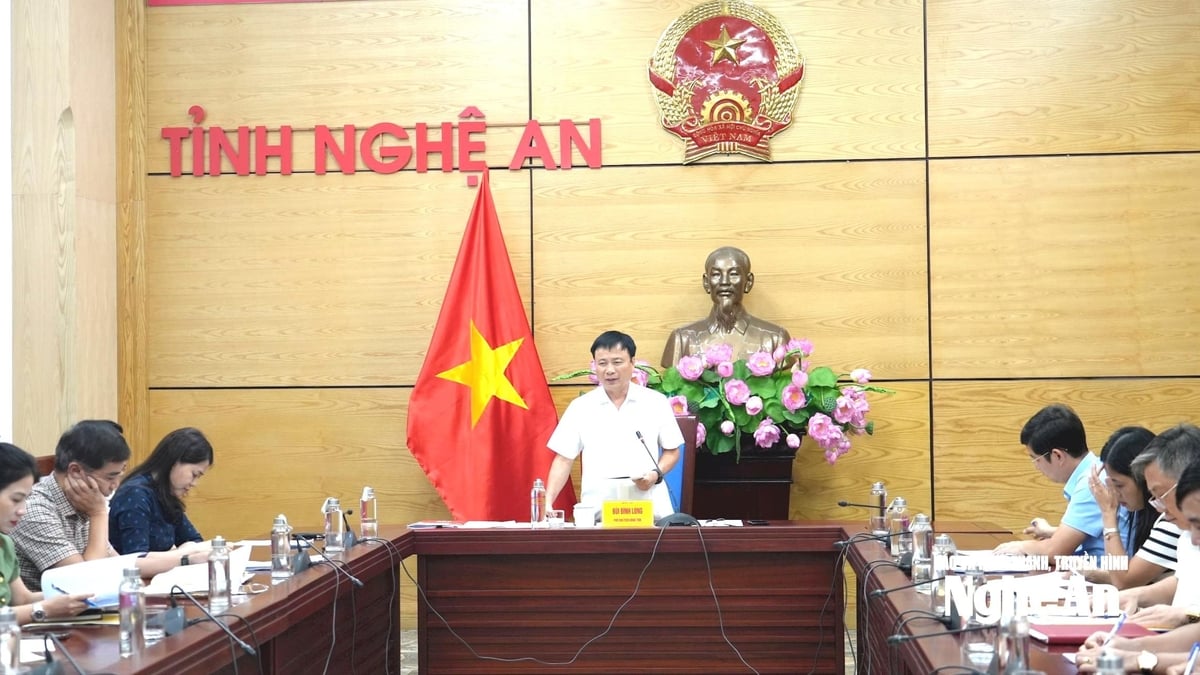
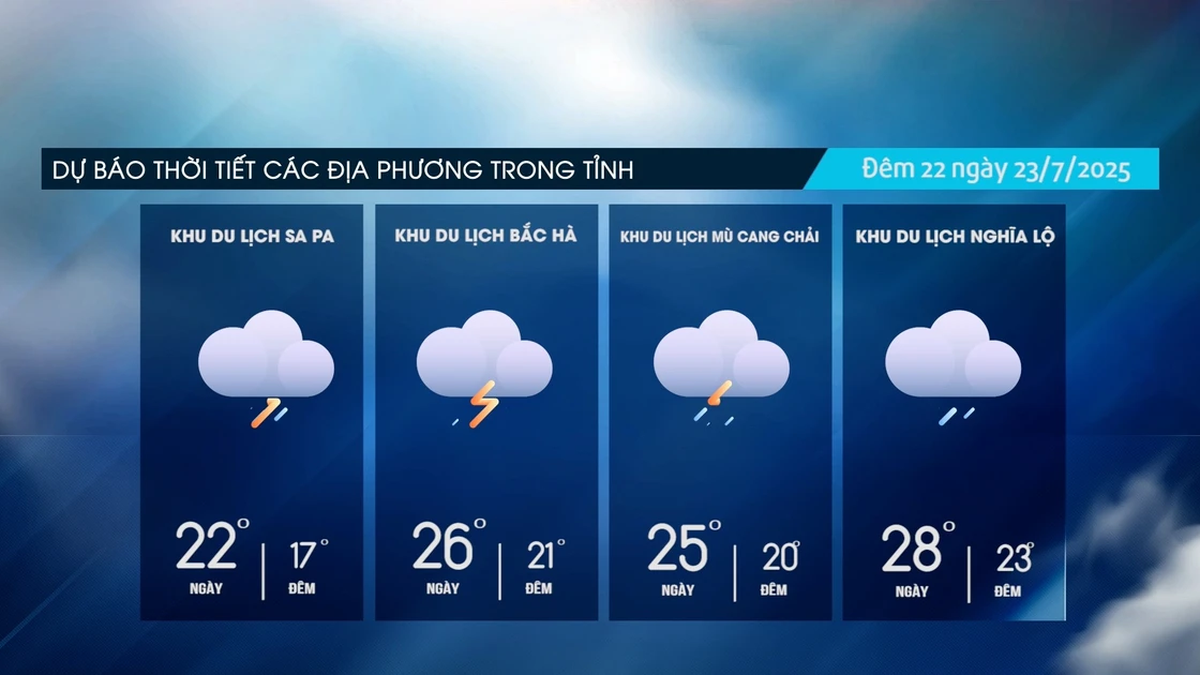
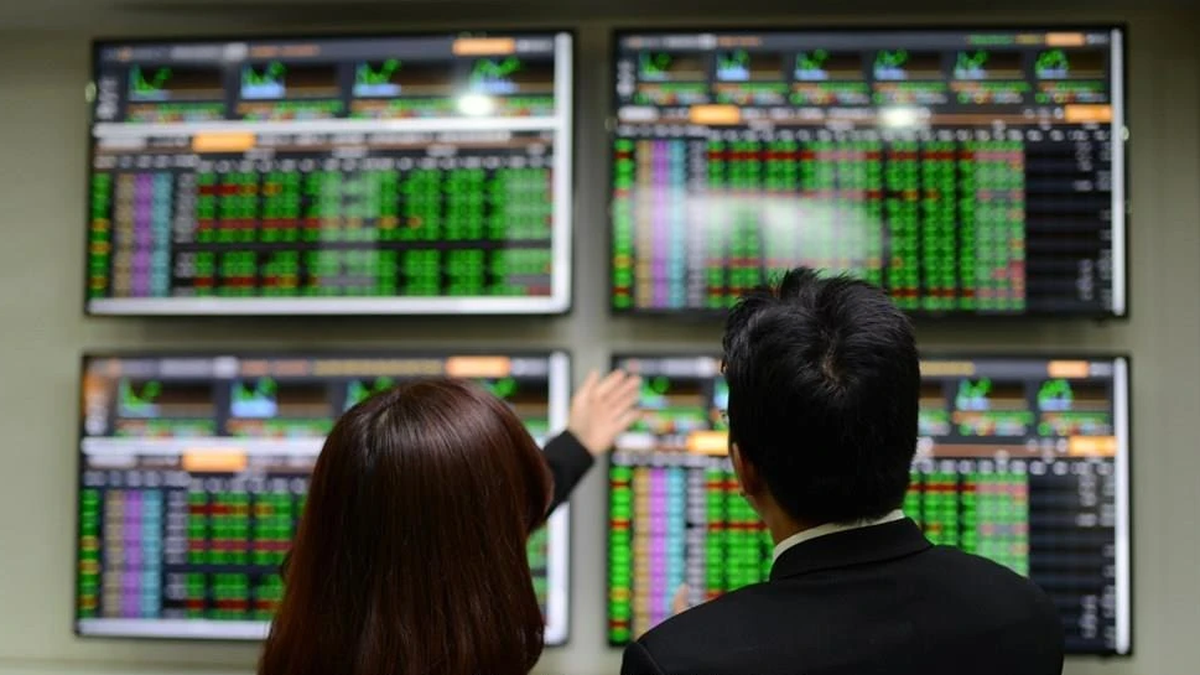



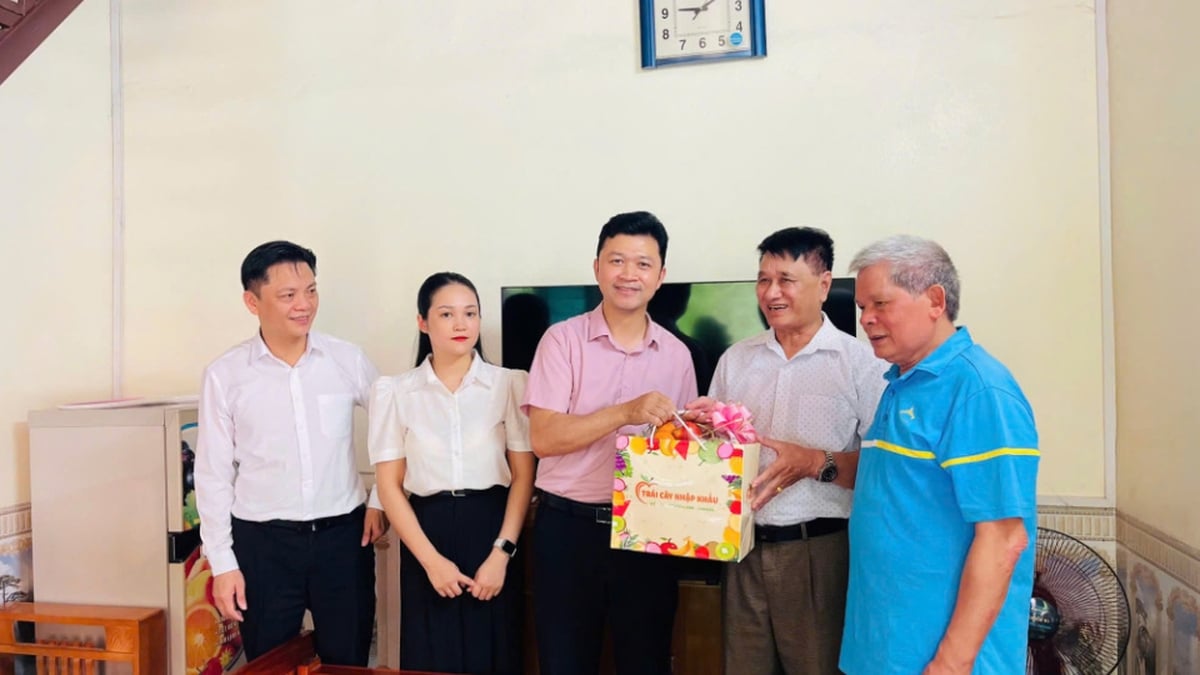






































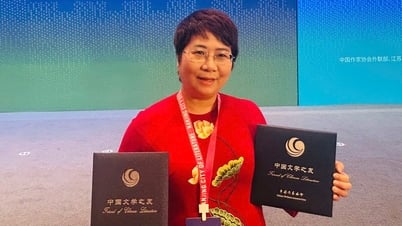



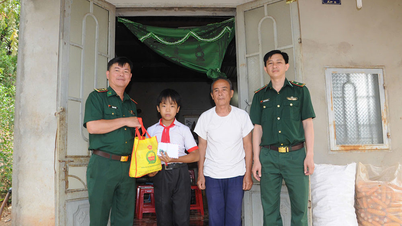









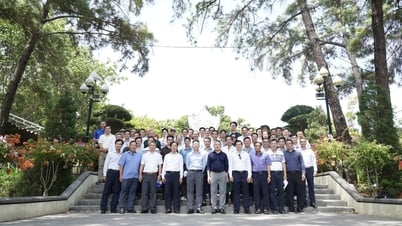


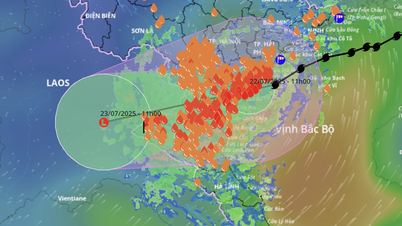



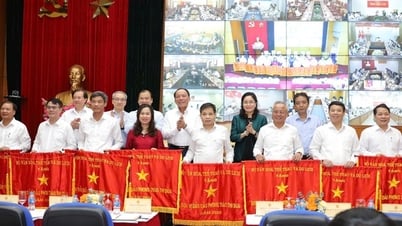


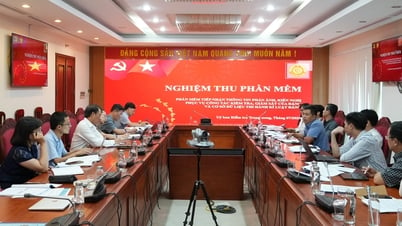

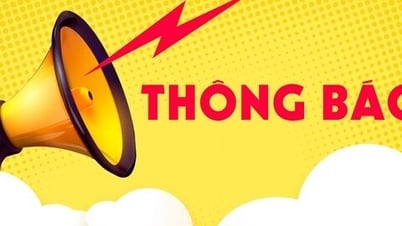

























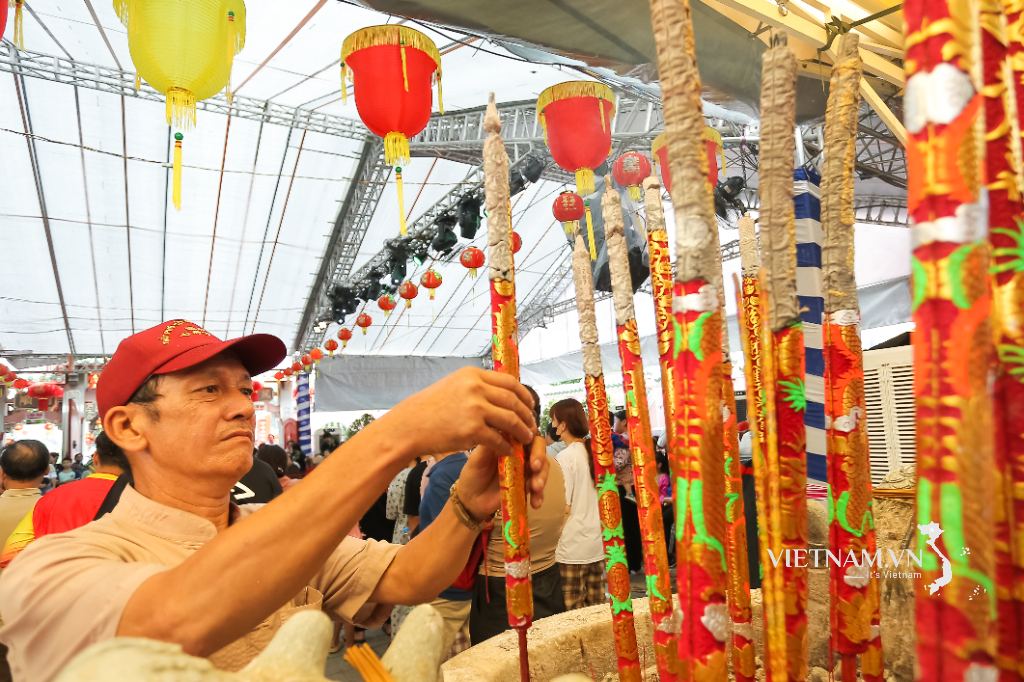

Comment (0)